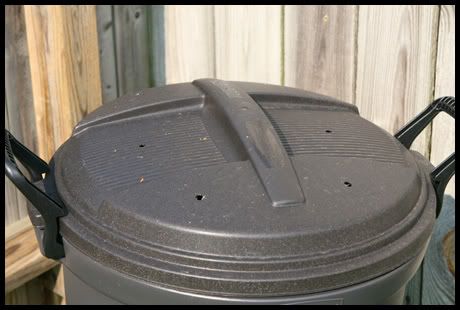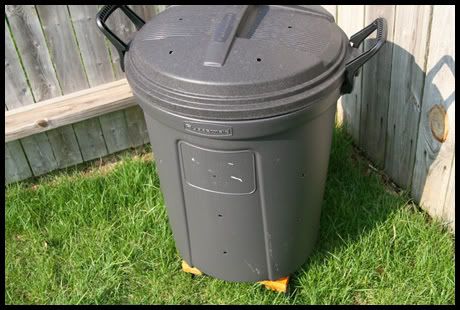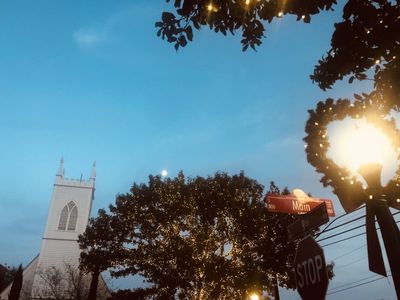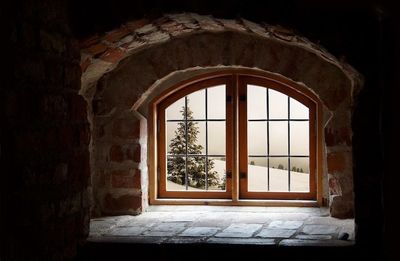I had been eyeing composting bins for the backyard. I was excited at the thought of turning things that we might normally put into the trash into beautiful, rich soil for our garden. I was, however, not excited about the price tags that for even the simplest of composting bins.
I decided to skip out on a composting bin, even though the reasons for having one sounded so inviting.
I still wanted one, though.
Reasons to compost
• Food and yard waste can be put into the composter, rather than the landfill in a plastic bag.
• The soil is produced is rich in nutrients for your yard (it can be put right onto your grass), garden, or flower beds. It is also much cheaper to make your own compost than to go to the garden store and buy it.
• The soil is a natural fertilizer, and removes the need to use chemical ones. This is safer for the environment, and saves money.
• It’s an excellent educational opportunity for kids.
What can be composted?
Not all food and yard wastes can be put into a composting bin. Some of the organic materials to put into your composting bin include:
• Coffee grounds and filters
• Fruits and vegetable scraps
• Egg shells
• Grass clippings
• Leaves
• Nut shells
• Shredded newspapers
• Fireplace ashes
Some items you can’t put into your composting bin include:
• Meat or fish bones
• Yard trimmings that have been treated with chemicals
• Pet waste
• Diseased plants (so, if your garden’s zucchini plant has wilt set in, you won’t want to add the plant to your composting bin)
Check out the U.S. EPA’s website for a more extensive listing.
How to make your own compost bin
Frustrated that I couldn’t find a less expensive composting bin, I set out to make my own. This project ran me just a few dollars, and it was completed in less than five minutes.

Materials:
• Large trash can with a lid that locks on
· A simple platform of some sort (I used a wooden plant stand on wheels)
· Screws (to attach the platform to the trash can)
· A drill with a large drill bit
Directions:
1. With your drill, make holes along the lid, bottom, and sides of your trash can. Our trash-can-turned-compost-bin has about 20 to 25 holes.
2. Using your drill again, attach the platform to the bottom of your bin. Don’t cover up the holes that you’ve made on the bottom of the bin. (Or, just drill a few more holes in the bottom.) This platform allows for drainage from the compost, which also saves the grass underneath.
3. Collect some of the items on the approved list, and start composting.
4. Every couple of days, go out to the yard and put your trash can on its side. Roll it around for a couple minutes. Then, sit it back up.
5. Continue adding more items from the approved list.
6. Use the rich, dark soil you created!

By summer’s end, we were able to supplement a new portion of our garden with the summer’s worth of “trash” that would have found itself in the landfill, if it hadn’t been for our small investment.
// <![CDATA[ (adsbygoogle = window.adsbygoogle || []).push({}); // ]]>



